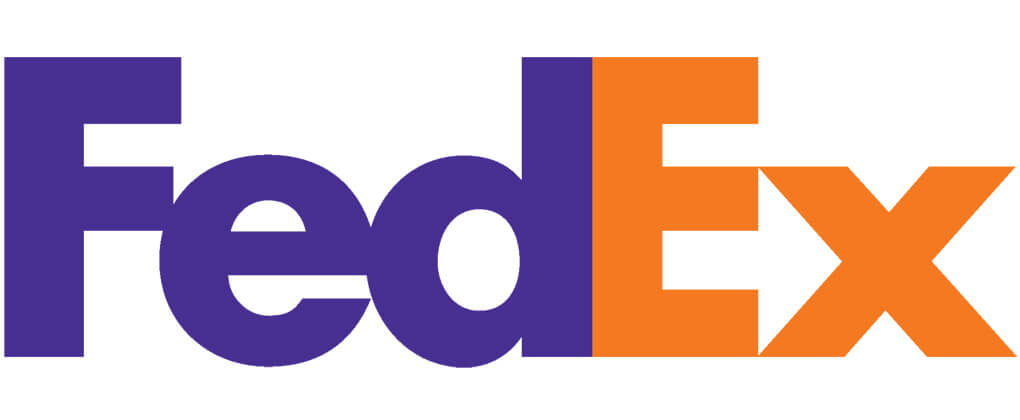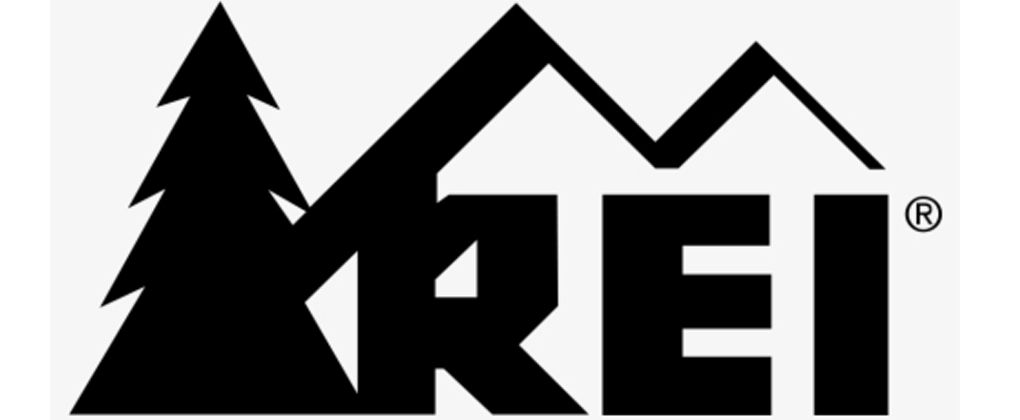Top 10 Intel Competitors In 2023
Intel is an American tech company that was founded in 1968 by Robert Noyce and Gordon Moore. It started as a semiconductor manufacturer under the name NM Electronics. In 2019, it achieved revenues of $ 72 billion with 110,800 employees. Intel is positioned as the 13th most valuable brand in the world.
Throughout history, it broadened its business to a wider concept of technology. The company designs and manufactures supplies that power the cloud, smart, and connected world. Intel is transforming into a data-centric business, which accounted for 48% of revenues last year. Its main segment continues to be PC-centric, accounting for 52% of revenues in 2019.
| NAME | Intel Corporation |
| FOUNDED | 1968 |
| HEADQUARTERS | Santa Clara, CA, USA |
| SIC CODE | 3674 |
| STATUS | Public Company of NASDAQ |
| INDUSTRY SECTOR | Semiconductor chip |
| EMPLOYEES | 110,800 |
| TRADING SYMBOL | INTC |
Intel similar companies:
AMD, Apple, Sony, Mozilla, Logitech, Google, IBM, Cisco, Qualcomm, Samsung, ARM, Maxim Integrated, NXP, Microchip, Asus, Broadcom, and Nvidia.
How the company makes money
CLIENT COMPUTING GROUP
Intel’s main source of income is the Client Computing Group (CCG) that includes all the PC-centric businesses within the company. It consists of de design, manufacture, and sale of end-user platforms for different segments such as commercial and gaming. It also includes adjacent products for connectivity, graphics, and memory.
In 2019, it generated $ 37.1 billion in revenues and remained as the leader of the microprocessor market with 19.7% of market share. Intel sales microprocessors for computer systems, motherboard chipset, integrated circuit, interface controllers, among others. It has recently launched the 10nmbased 10th generation Intel® Core processors with a new core architecture. The brand has left the 5G smartphone modem production to focus on the 5G network and infrastructure development.
DATA CENTER GROUP
Data Center Group (DCG) is the data-centric business of Intel and includes technology for IOT, mobile, memory solutions, among others. The company has been increasingly investing in this area and in 2019 it generated $ 34.8 billion in revenues.
AMD
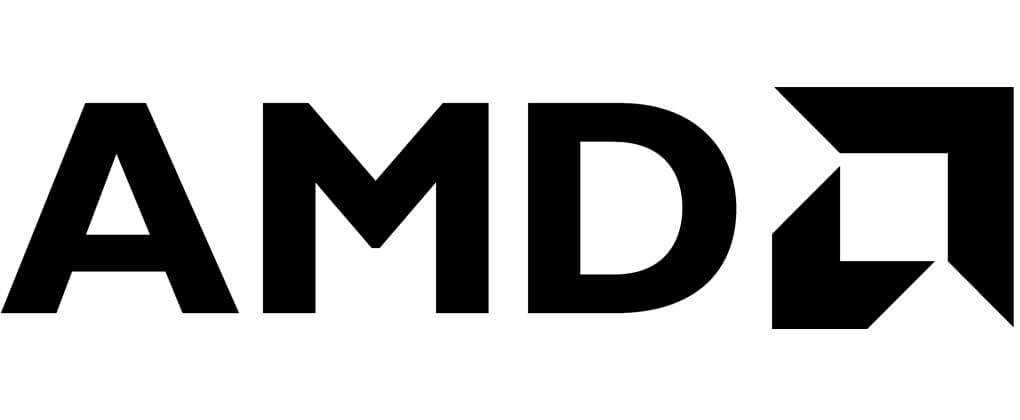
AMD is a multinational semiconductor company that started in the US in 1969 and it is currently headquartered in California. It was created by Jerry Sanders III, Edwin Turney, John Carey, Steven Simonsen, Jack Gifford, Frank Botte, Jim Giles, and Larry Stenger. In 2019, it generated $ 6.73 billion in revenues through its almost 10,000 employees.
The company designs and manufactures semiconductor devices that work as integrated circuits for industries, communications, consumers, and computing. It is the world’s second microprocessor producer for desktops, laptops, and servers with 20.5% of market share, after Intel (79.5%). It also develops flash memory and programmable logic devices. It has overpassed 100 million x86 Windows-compatible microprocessors sold.
QUALCOMM
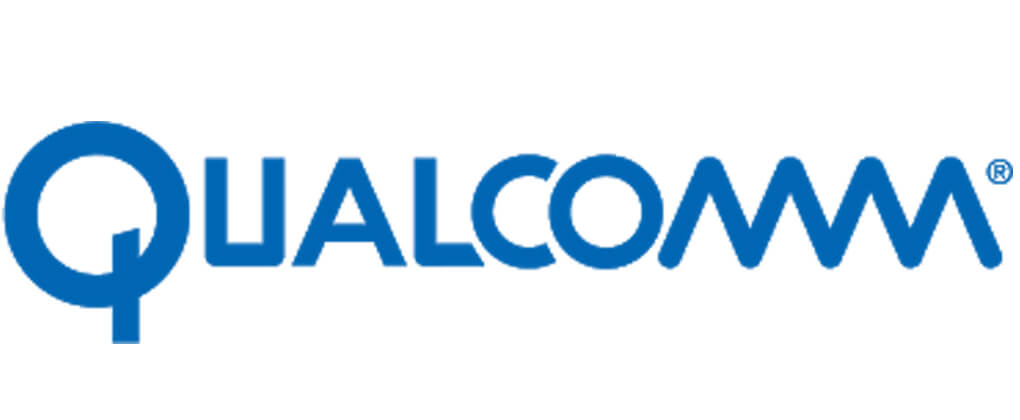
Qualcomm was founded in 1985 by the American entrepreneur Irwin M. Jacobs. It started as a manufacturer of satellite communications systems. Today, it is a global company that develops and commercializes technology for mobile communications. Headquartered in California, it employs 37,000 people and in 2019, it generated 14.6 billion in annual revenues.
Qualcomm offers network and broadband gateway, and consumer electronic devices helping people connect and compute worldwide. It develops integrated circuits and software based on different technologies that are used in tablets, laptops, gaming devices, and others. It competes with Intel in the microprocessor market where it is the fourth largest provider with almost 10% of the share.
ARM

Advanced RISC Machine (ARM) is a semiconductor and software company that was founded by the English organization Acorn Computers in 1983. Today, it is part of the Japanese group SoftBank that acquired ARM for $ 31.4 billion in 2016. It has 6,000 employees and in 2019, it generated $ 418 million in revenues.
Its main business is the development and sale of processors for commercial use. It also manufactures chips and software tools. It is one of the leading developers of processors for mobile phones, tablets, and smart TVs. The company has shipped more than 160 billion ARM-based chips. It has built an ecosystem of 1,000 partners.
SAMSUNG
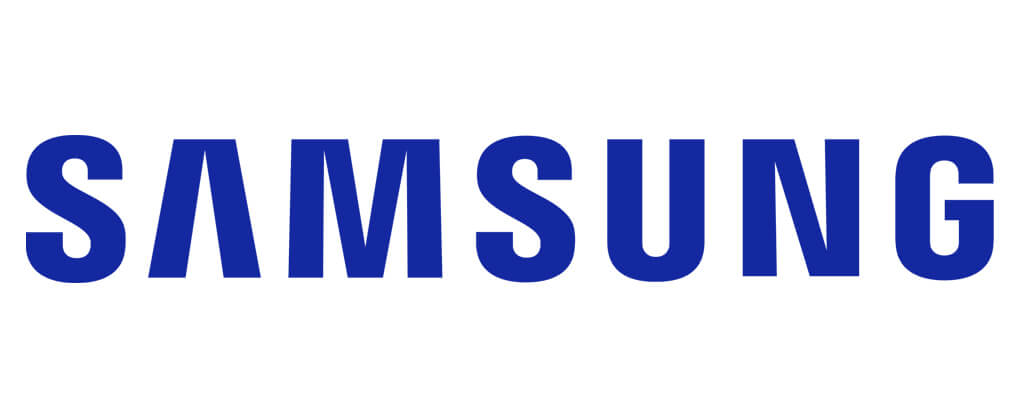
Samsung is the tech company founded in 1938 by the Korean expert Byung-Chull Lee. Its first business was the food export but today it is one of the largest brands of consumer technology. It reaches 74 countries and it owns 37 production centers. The company is composed of three main segments: consumer electronics, IT and mobile, and device solutions.
Samsung employs 320,000 people and, in 2019, it generated $ 197.69 billion in revenues. Today, it is the fifth electronics exporter in its country. The group competes with Intel in the microprocessor market holding 5% of market share. One of its main developments is the Exynos processor that operates robust computing and graphics for multimedia, 3D, gaming, and artificial intelligence. It also provides process technology for mobile devices.
ASUS
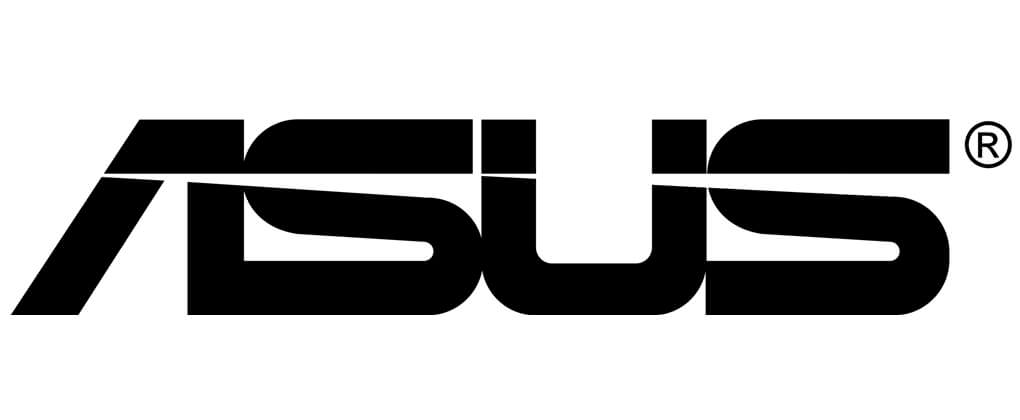
Asus started in Taiwan in 1989. The computing company was created by the hardware engineers Wayne Hsieh, T.H. Tung, Ted Hsu, and M.T. Liao, who had worked in Acer before. Today, the brand is one of the largest providers of 3C solutions both for enterprises and individuals.
Asus designs, develops, and sells motherboards and consumer devices for connectivity such as smartphones and tablets. The company has 14,500 employees and generates $ 11.7 billion of annual revenues. Asus is included within the world’s top 10 computing companies.
MAXIM INTEGRATED

Maxim Integrated is an American tech company that was founded in 1983 by Jack Gifford with a group of IC industry experts. It is a designer, manufacturer, and provider of analog and mixed-signal integrated circuits competing in a market that is led by Intel. The company has about 7,040 employees and in 2019, its revenues reached $ 2.31 billion.
Maxim works for different industries such as automotive, healthcare, communications, mobile consumer, cloud data centers, and computing. It aims at making systems increasingly smaller and smarted with enhanced security and energy efficiency.
NXP
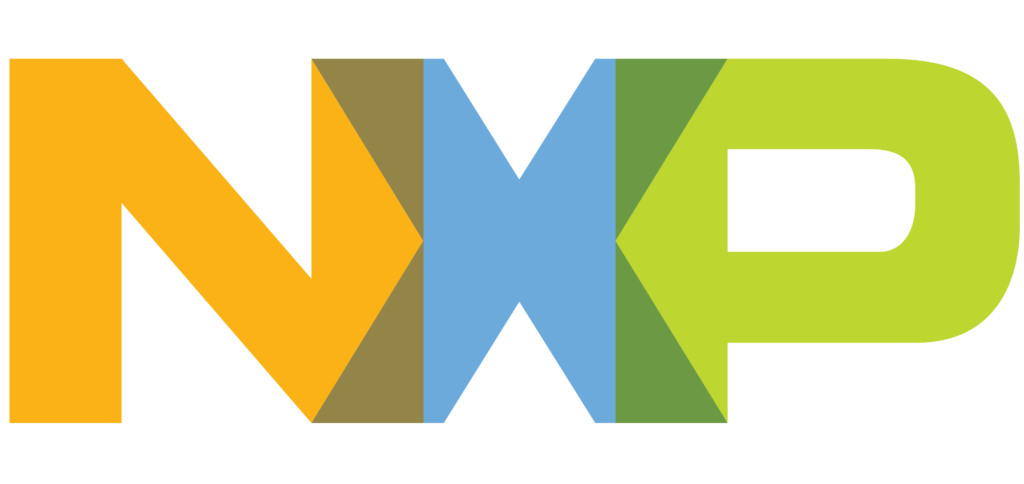
NXP started in 1953 as a subsidiary of the Dutch Philips’ semiconductor division. In 2015, it merged with the American firm Freescale Semiconductor and today, it is present in more than 30 countries. With 29,000 employees, it generated $ 8.88 billion in revenues in 2019.
NXP designs and manufactures semiconductors to enable secure connections for the automotive, mobile, communications infrastructure, smart, city, and smart home industries. The automotive business is the largest for the company, accounting for 48% of revenues.
BROADCOM

Broadcom is the American semiconductor and infrastructure software provider that was founded in 1961 by Henry Samueli and Henry Nicholas, professor, and student from UCLA in California. It commercializes wireless RF components, controllers, storage adapters, networking processors, fiber optic modules, switches, and optical sensors worldwide.
Broadcom generates annual revenues of $ 22.6 million and employs 10,000 people. It competes with Intel in the microprocessor market where it accounts for 6.9% of market share and it is positioned fifth. It provides solutions for markets such as data centers, software, broadband, and wireless, among others.
NVIDIA
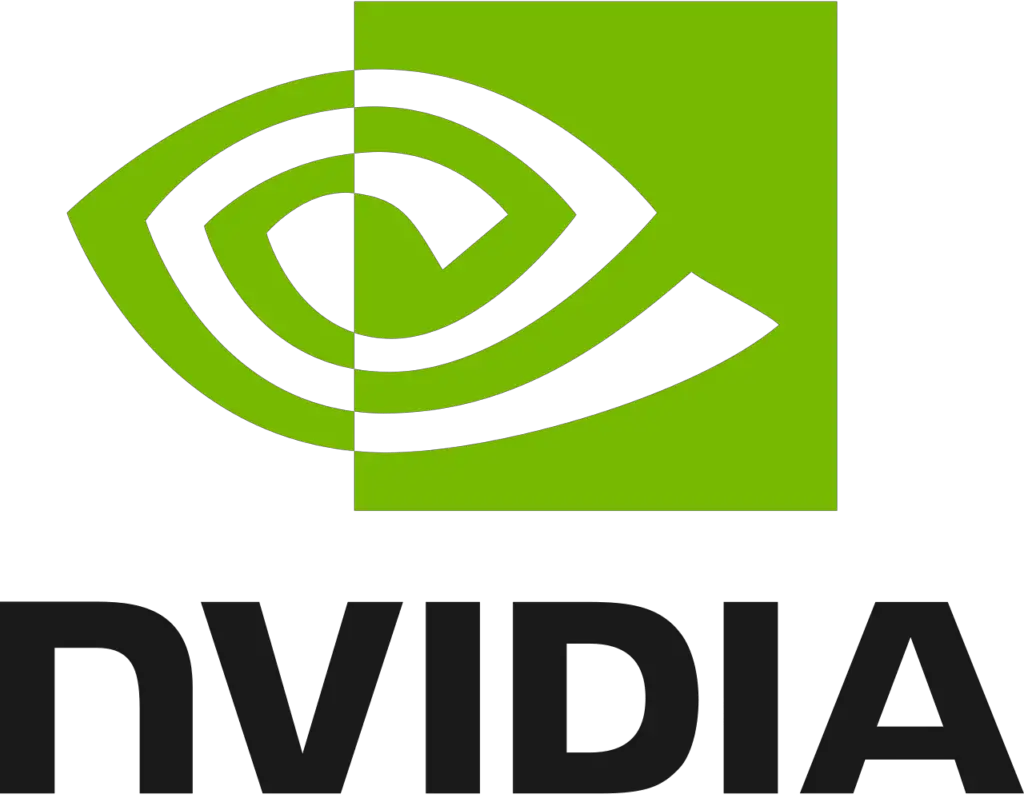
Nvidia is an American tech company that was created in 1993 by Jen-Hsun Huang, Chris Malachwsky, and Curtis Priem. It develops graphic processing and integrated circuits solutions for workstations, personal computers, and mobile devices. It employs 13,770 people and generates annual revenues of $ 11.72 billion.
Its main business is the provision of GPU for 3D graphics, virtual reality, computing, and artificial intelligence. It competes with Intel in the microprocessor market where it accounts for 3.8% of market share, holding the eighth position.
MICROCHIP
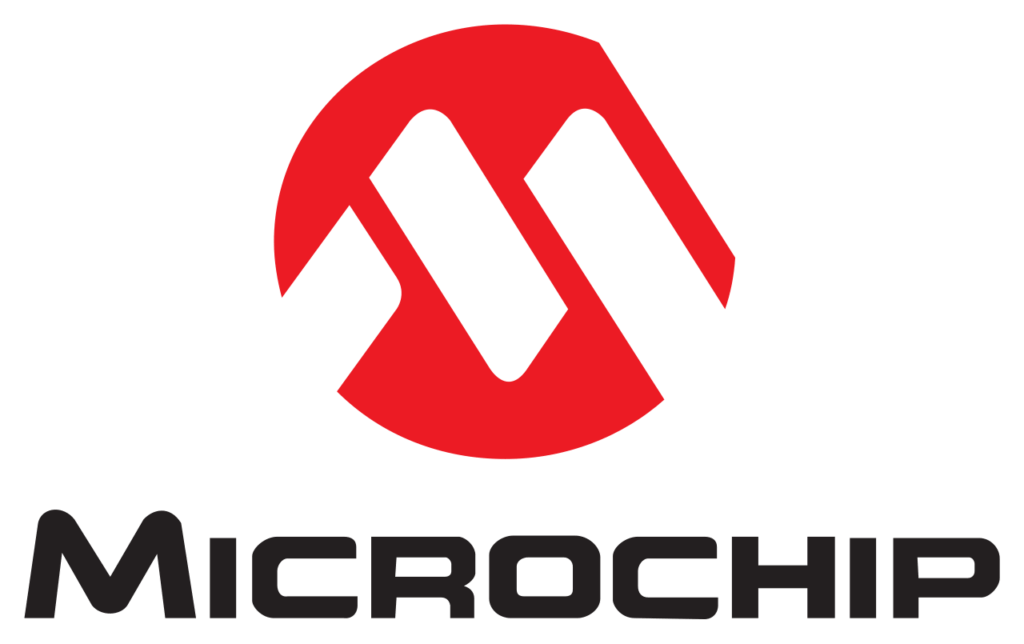
Microchip is an American company that develops and commercializes semiconductors and microcontrollers to more than 120,000 customers within the automotive, consumer, industrial, and aerospace industries. The company was created in 1987 as part of General Instrument.
The firm is headquartered in Chandler, Arizona and employs 18,300 people. With 18,300 employees, it generated $ 5.35 billion in revenues in 2019. It offers technical support and its product portfolio addresses thousands of applications worldwide.
CONCLUSION
The top 10 Intel competitors are: AMD, Qualcomm, Samsung, ARM, Maxim Integrated, NXP, Microchip, Asus, Broadcom, and Nvidia. Together they have raised over $ 282 billion between their estimated 465,570 employees. Intel has 110,800 employees and is ranked 1st among its top 10 competitors in the semiconductor global market. The top 10 competitors average 46,557 employees.
COMPETITORS STATS
| NAME | FOUNDED | HEADQUARTERS | EMPLOYEES |
| AMD | 1969 | Santa Clara, CA, USA | 10 K |
| Qualcomm | 1985 | San Diego, CA, USA | 37 K |
| Samsung | 1983 | Seocho, Seoul, South Korea | 320 K |
| ARM | 1983 | Cambridge, United Kingdom | 6 K |
| Maxim Integrated | 1983 | San José, CA, USA | 7 K |
| NXP | 1953 | Eindhoven, Netherlands | 29 K |
| Microchip | 1989 | Chandler, AZ, USA | 18,3 |
| Asus | 1989 | Beitou District, Taipei, Taiwan | 14.5 K |
| Broadcom | 1961 | San José, CA, USA | 10 K |
| Nvidia | 1993 | Santa Clara, CA, USA | 13.77 K |

